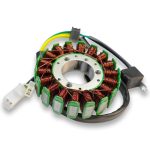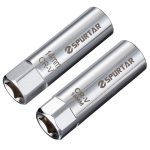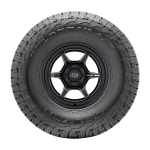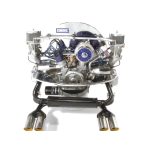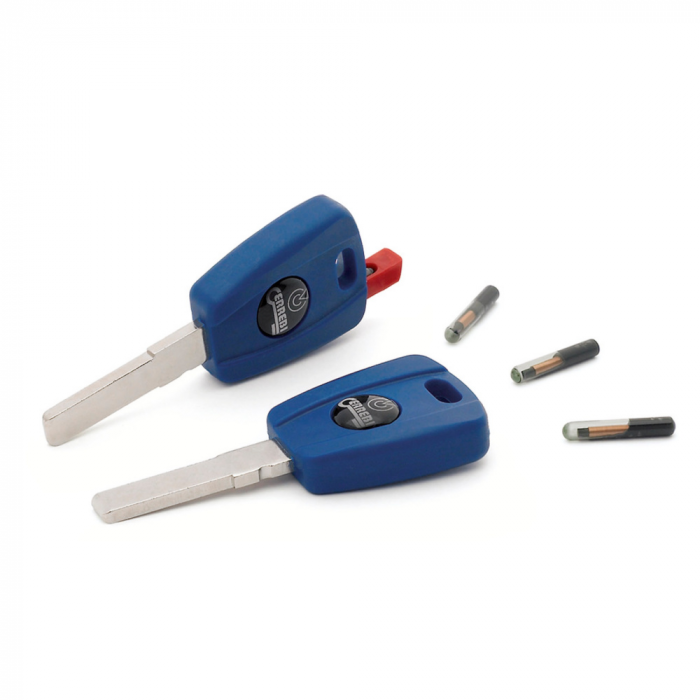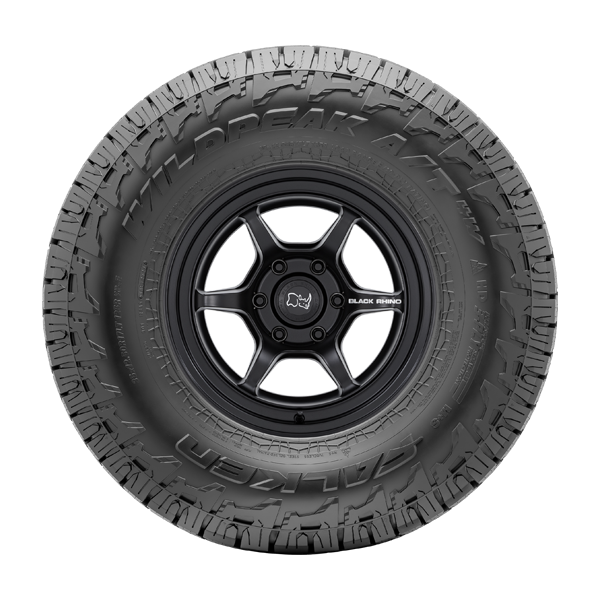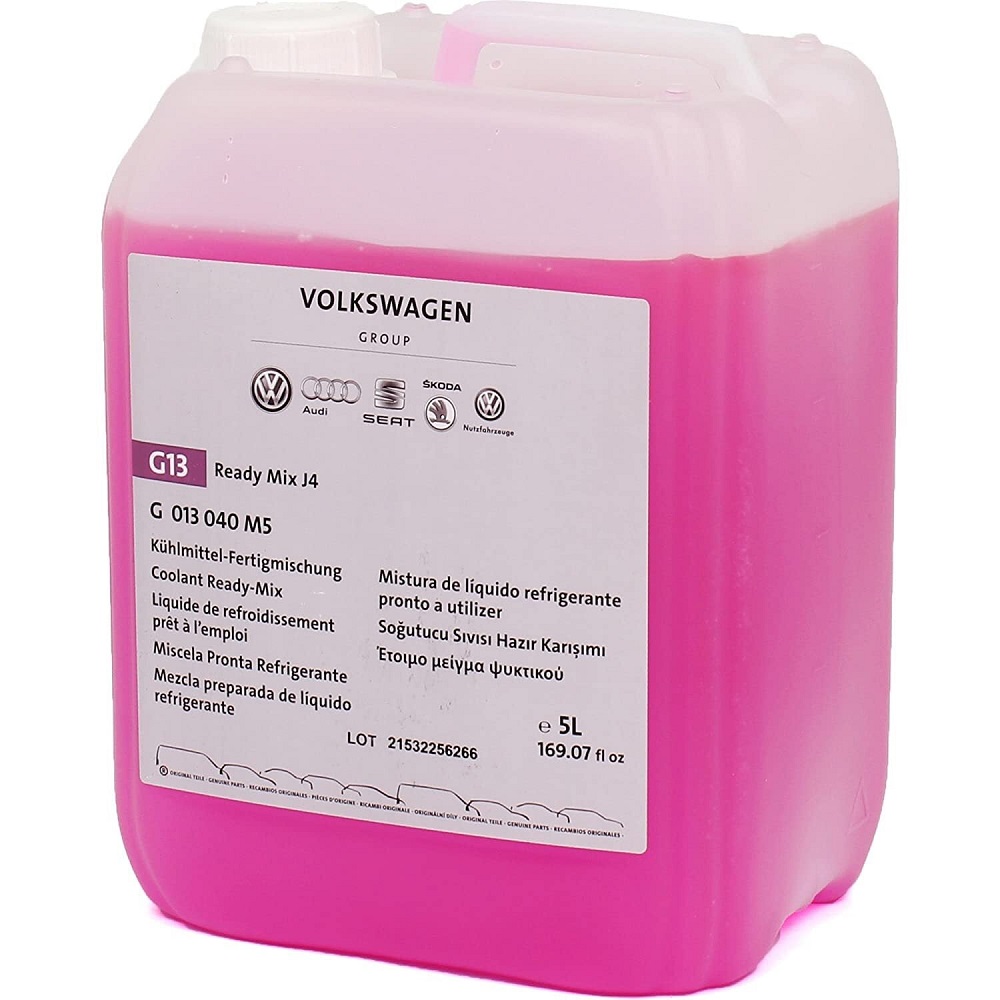Transponders are essential devices used in various applications, ranging from aviation and telecommunications to transportation and security systems. They facilitate communication and provide precise information, making them crucial for operations in many industries. As technology evolves, the market offers a wide range of transponders tailored to specific functionalities. This comprehensive guide will help you choose the right transponder, exploring different types, features, and considerations to ensure you make an informed decision that meets your needs effectively.
Understanding Transponders and Their Functions
What is a Transponder?
A transponder is an electronic device that receives and responds to radio-frequency signals. It serves two primary functions: it receives a signal from a transmitter and transmits a response back to the sender or another receiver. This interaction allows transponders to relay critical information over vast distances, making them invaluable in various fields.
Transponders can operate in different modes, such as passive or active. Passive transponders only reply when they receive a signal, while active transponders generate their own signal. Understanding these fundamental concepts is essential before diving into the specifics of purchasing a transponder.
Applications of Transponders
Transponders find applications in multiple industries, including:
- Aviation: Used for identification and tracking aircraft to enhance safety and air traffic management.
- Transportation: Employed in electronic toll collection systems and fleet management to track vehicles and facilitate easy payments.
- Security: Utilized in access control systems, enabling secure entry to restricted areas.
- Telecommunications: Aiding in satellite communication for data transmission and broadcasting.
Knowing the specific application you need a transponder for will help narrow your options and ensure you select a device tailored for your intended use.
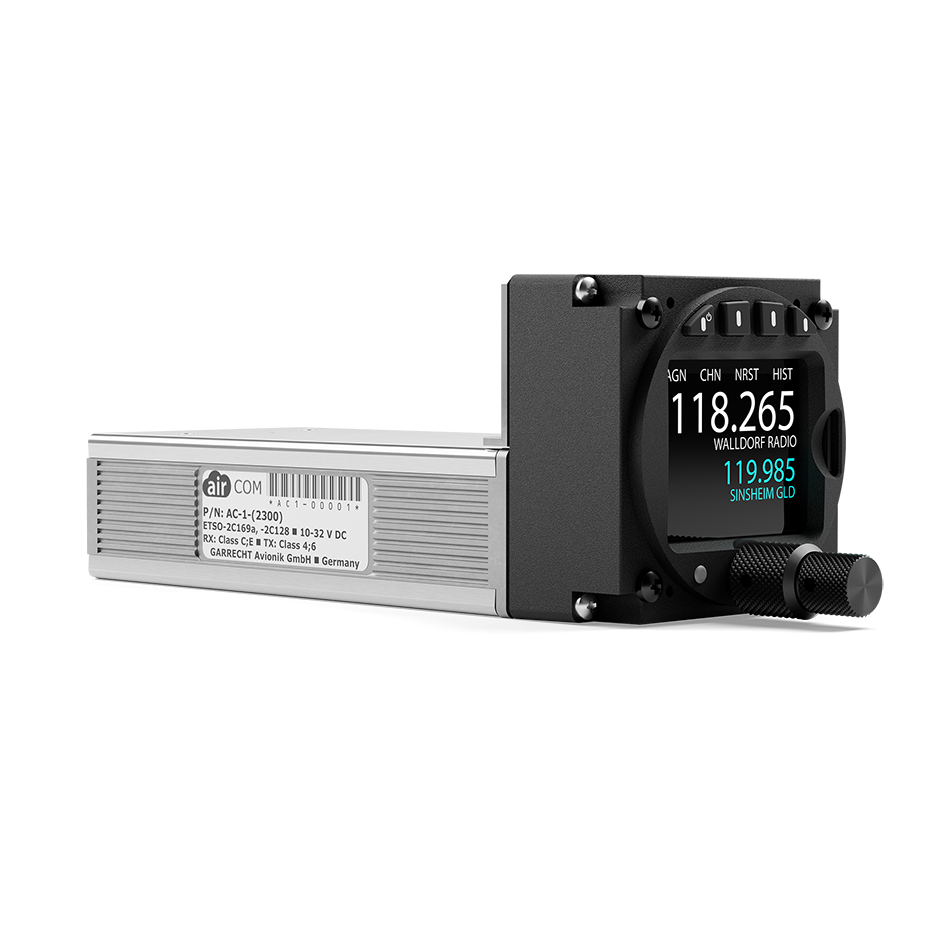
Types of Transponders
Passive Transponders
Passive transponders are commonly used in applications such as RFID (Radio-Frequency Identification) systems. They consist of a chip and an antenna. When a reader emits a radio frequency, the chip activates, absorbs energy, and sends back a response with the necessary data.
These transponders are lightweight, typically have a long life span, and do not require a battery since they rely on the energy from the reader’s signal. They are perfect for applications like inventory management, access control, and environmental monitoring.
Active Transponders
Active transponders contain a battery that powers the device, which allows them to operate independently. These transponders regularly emit signals, making them suitable for tracking and monitoring applications. They offer longer transmission ranges and more robust data compared to passive transponders.
Active transponders are often used in aviation, marine navigation, and personal tracking systems. If you need frequent updates and real-time tracking, an active transponder may be the best choice.
Semi-Passive Transponders
A hybrid of passive and active options, semi-passive transponders have a battery to power internal circuitry but still rely on an external reader for activation. They possess extended range capabilities, making them useful for applications where both passive and active functionalities are required.
These transponders often provide enhanced features, such as built-in sensors or additional data types, enhancing their use in various sectors, including logistics and fleet management.
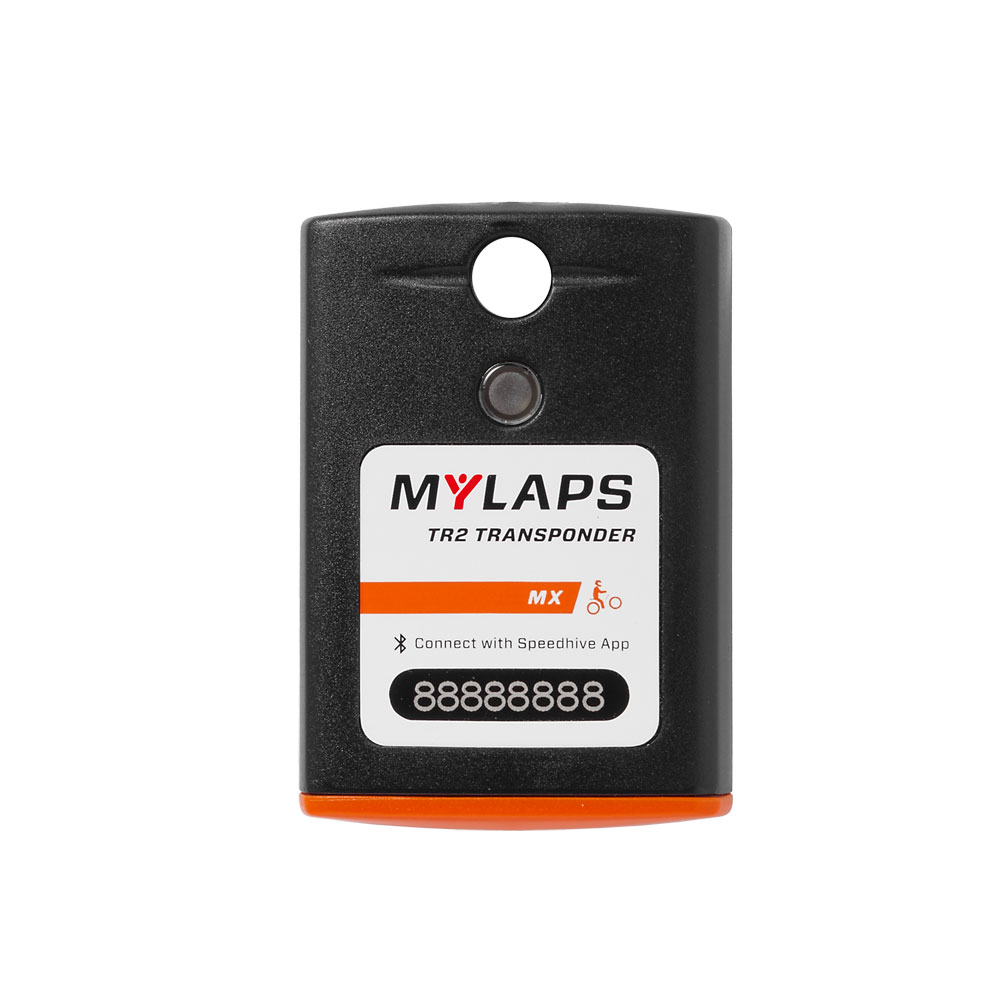
Key Features to Consider
Frequency Range
Transponders operate at different frequency ranges. Ensure you select a transponder compatible with the devices you intend to use it with, as improper frequency settings can lead to communication failures. Common frequency ranges include low frequency (LF), high frequency (HF), and ultra-high frequency (UHF).
Low-frequency transponders (125 kHz) are typically used for access control, while high-frequency devices (13.56 MHz) excel in payment applications. Ultra-high frequency transponders (300 MHz to 3 GHz) are often chosen for long-range applications, such as vehicle tracking and toll collection.
Range and Signal Strength
The operational range of a transponder is another critical factor. Consider how far the transponder will need to communicate with the receiver. For instance, if you’re using the transponder for vehicle tracking, a longer range is essential. Generally, active transponders boast longer ranges compared to passive options, making them ideal for larger applications.
Analyze the surrounding environment too. Obstructions like buildings, terrain, and interference from other signals can affect the range and signal strength, impacting the effectiveness of your transponder. Testing in the intended environment can help determine the best choice.
Data Capacity and Speed
Evaluate the amount of data you need the transponder to handle and the speed at which it needs to transmit that data. Different transponders have varying capacities, depending on their design and intended use.
If you are managing a system that requires real-time updates, select a transponder with a higher data capacity and transmission speed. This is especially important in applications like transportation, where timely information can reduce delays and enhance efficiency.

Compatibility with Existing Systems
Assessing Integration Needs
Before purchasing a transponder, consider how it will integrate with your existing systems. Ensure that the transponder you choose is compatible with your current setup, including readers, software, and other equipment. Compatibility ensures streamlined operations and minimizes the risk of errors or system failures.
Evaluate the protocols used by your existing devices. For example, if your current system utilizes a specific RFID standard, ensure that the transponder complies with that standard. This foresight will prevent potential complications down the line.
Future-Proofing Your Selection
Technology continually evolves, so consider the future-proofing aspect of your transponder purchase. Some transponders offer upgradeable features or support multiple protocols, making them more adaptable to changing technology and system updates.
By planning for the future, you can avoid having to purchase entirely new systems as your needs grow or technology advances. Researching options that will accommodate future demands can save you time, effort, and money.
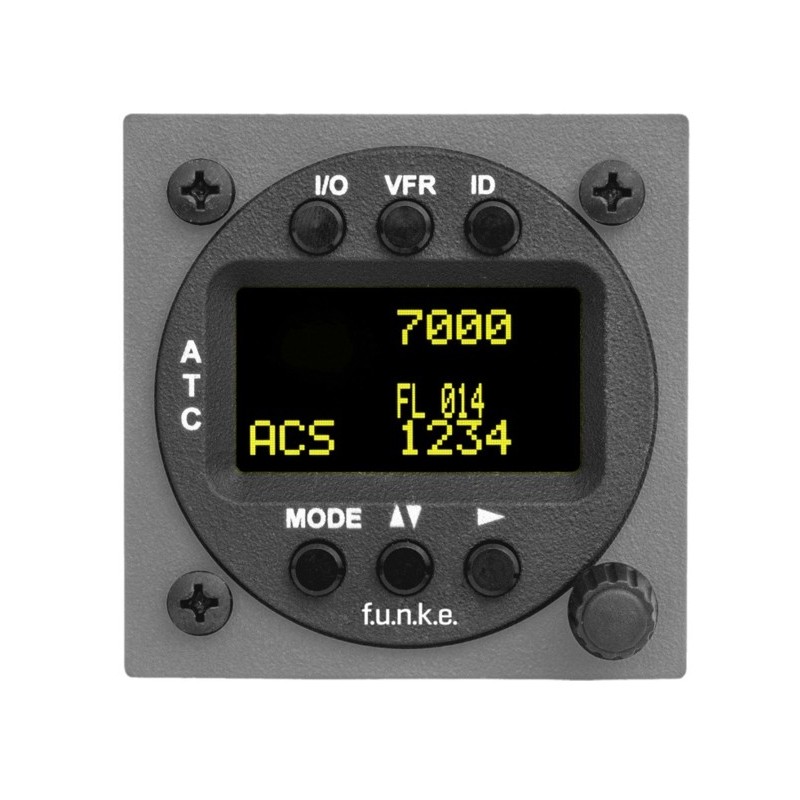
Budget Considerations
Defining Your Budget
Determine a realistic budget for purchasing a transponder. Prices vary widely based on features, types, and manufacturers. Establishing a budget early on helps you focus your search on options that align with your financial capabilities while meeting your needs.
Weighing Cost Against Features
While sticking to a budget is essential, consider the features offered by different transponders. Cheaper options may seem appealing but could lack necessary functionality or durability. Be cautious about sacrificing essential features for lower initial costs as this could lead to greater long-term expenses.
Instead, assess each option, weighing the cost against the value it provides. Sometimes investing a little more upfront can save you significant costs in maintenance, replacements, or operational inefficiencies later.
Researching Brands and Manufacturers
Identifying Reputable Manufacturers
Taking the time to research various brands and manufacturers can significantly impact your buying experience. Look for companies with established track records in the transponder market. Reputable manufacturers often have strong customer support systems and warranties, ensuring you receive assistance when needed.
Consider reading customer reviews and testimonials to gauge user satisfaction and the reliability of the products. Engaging with forums or social media groups related to your industry can provide valuable insights into trustworthy brands.
Analyzing Warranty and Support
When investing in a transponder, review the warranty and support options offered by the manufacturer. A robust warranty can provide peace of mind, ensuring that you have recourse should the equipment fail or malfunction.
Comprehensive customer support is equally important, as quick and effective response times can save you hours of frustration. If an issue arises, having access to knowledgeable support staff can help ensure a smooth resolution, maintaining the integrity of your operations.
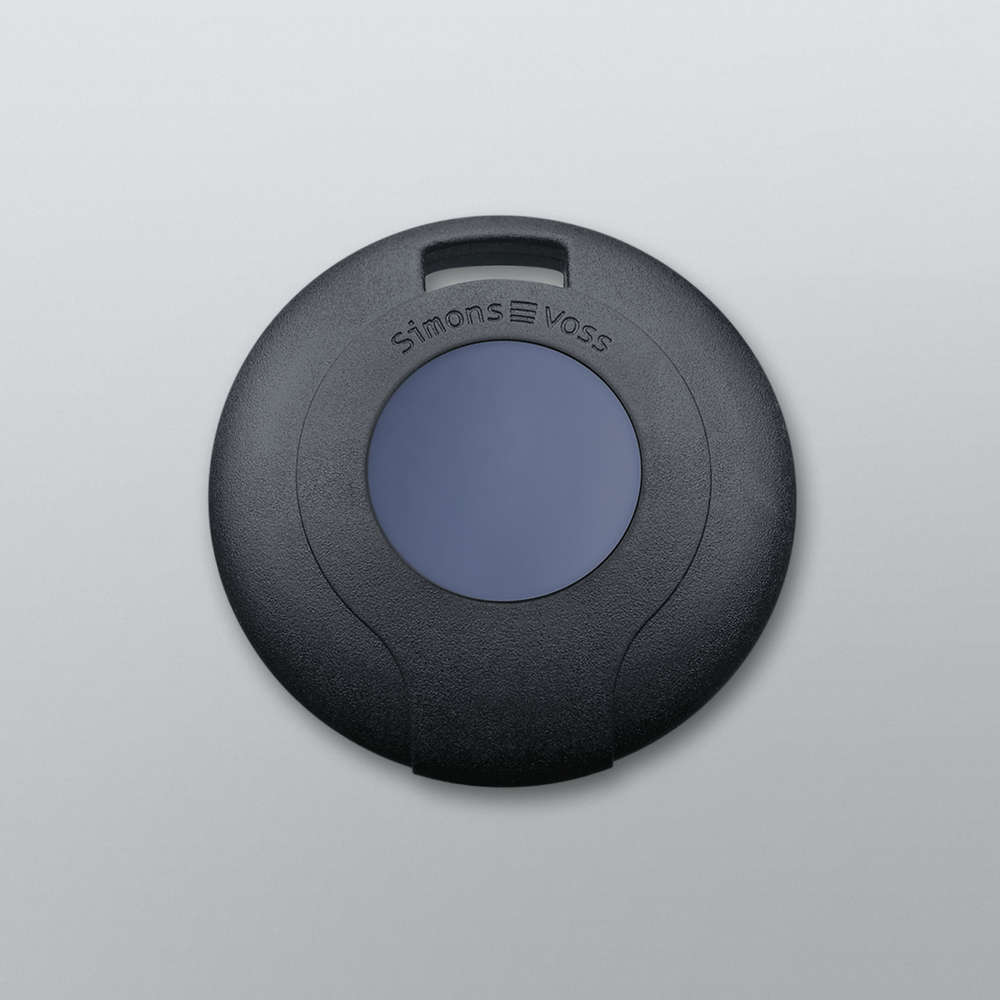
Testing and Implementation
Conducting Practical Tests
Once you’ve narrowed down your options, it’s wise to conduct practical tests. Many manufacturers provide demo units or offer trial periods. Take advantage of these opportunities to test the transponder in real-life scenarios, assessing its performance and compatibility with your existing systems.
Make sure to test the range, signal strength, and data capacity under various conditions to understand how well the transponder meets your needs. Engaging in thorough testing can help you avoid making a decision based on theoretical performance alone.
Planning for Implementation
Once you finalize your choice, plan the implementation carefully. Consider how the new transponder will integrate with your existing systems and whether additional training is necessary for your team. Setting a clear timeline for installation and training can help minimize disruption to your operations.
Ensure proper documentation is in place, including manuals and troubleshooting guides. Having this information readily accessible can make it easier for you and your team to operate the transponder effectively and resolve any issues that may arise.
Conclusion
Choosing the right transponder involves careful consideration of various factors, from understanding your specific needs to researching brands and manufacturers. By following this buyer’s guide, you’ll gain a comprehensive understanding of transponders and what to look for when making your selection.
Remember to evaluate the type of transponder that best suits your application, considering aspects like frequency range, compatibility, and future-proofing capabilities. By conducting thorough testing and planning the implementation process, you can confidently invest in a transponder that enhances your operations, ensures efficient communication, and ultimately contributes to your success.
Your attention to detail in the selection process will pay off in the long run, ensuring that you choose a transponder that meets your needs and allows for seamless integration into your existing systems. By prioritizing quality and functionality, you set yourself up for a more successful and efficient future in your industry.
